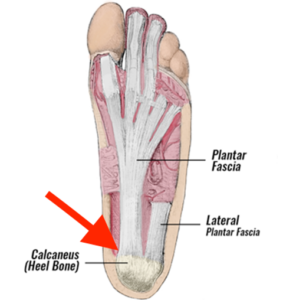Pain can be scary and alarming when we encounter it, provoking uncertainty and poor decision making. The fear can actually amplify the pain like adding gasoline to a fire and we can end up in a bit of a spiral. But knowing how to make sense of pain is a key tool in the Athlete Fix Kit, one that will help you take charge and be able to move with confidence.
First thing to clarify is that this is a massive topic. So I’m going to do my best to distill this into an easy to digest explanation to encourage you to broaden your perspective on pain. Because what I’ve found is that people see pain in a very black and white way “pain = damage.”
-
Q. “If it hurts I must be doing damage surely?”
Let’s test that theory and “assess vs assume” it’s true. If it is true there should never be an instance where someone has pain without damage right? And “damaged” areas should always be painful?
- MRI scans in people with no pain show damage in areas that don’t hurt
- People with amputated limbs get phantom limb pain when there is LITERALLY NO LIMB LEFT to cause it!
- People with no damage can have severe pain
To illustrate this a little story for you. A man steps on a nail that goes through his boot. He is in such agony his rushed to A+E, that have to put him under anaesthetic to be able to remove the nail only to find…it went between his toes. There was no tissue damage whatsoever. It never pierced the skin. What does that tell us? This guy looked at his boot, saw a nail going through it, he felt a sensation on his skin and his brain has taken in all this info and gone “red alert!”
The brain can cause pain without any damage
That has been proven time and time and time again meaning that it instantly renders the theory of “pain = damage” unreliable and pain a poor gauge of assessing whether you have structural damage.
Don’t just take my word for it, Dr. Lorimer Mosely one the world leading experts in pain science
“Pain is not an accurate indicator of damage”
“Pain is a protector”
IASP (international association for the study of pain) definition of pain is:
“An unpleasant sensory and emotional experience associated with actual or potential tissue damage” (IASP)
The brain responds to the perception of threat and can produce pain in the absence of damage if it thinks you need protecting. There is almost an “assembly meeting” in your brain where a vote is taken on this decision i.e. whether pain is necessary or not. Lots of factors are taken into account:
Frontal lobe: Cognitive factors aka your thoughts
“I think this is a disc slipping”
Limbic system: Emotional factors
“stress, anxiety”
Past memories/experiences:
“last time something like this happened I was in pain”
The times when pain is related to structural damage are normally obvious. You look to the history and the context, the mechanism of injury (how it happened). If you have fallen over and smacked your knee or rolled over on your ankle and it’s swollen up, yeah you’ve probably got pain related to some level of tissue damage, to a greater or lesser extent. A chemical cocktail ensues that lowers the firing threshold, your nociceptors (lets call them “pain sensors”) which are put on high alert to report even the smallest changes (like a fire alarm going off if you lit a candle vs an actual fire).
So there’s a whistle stop tour of pain. What are your thoughts? What are your experiences with pain? Share in the comments below!






